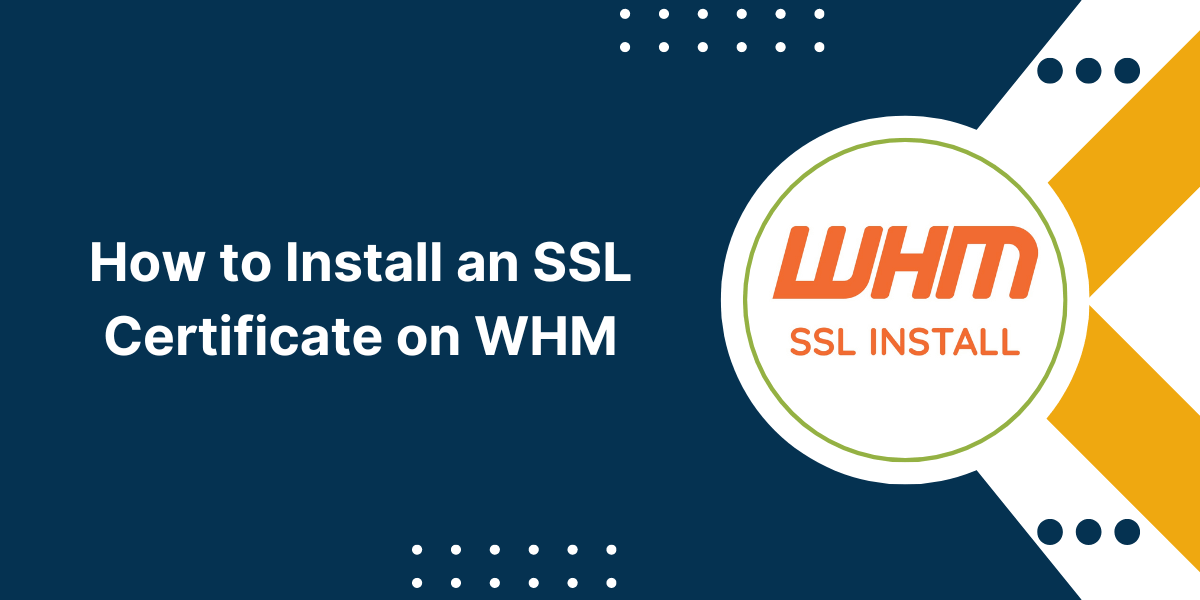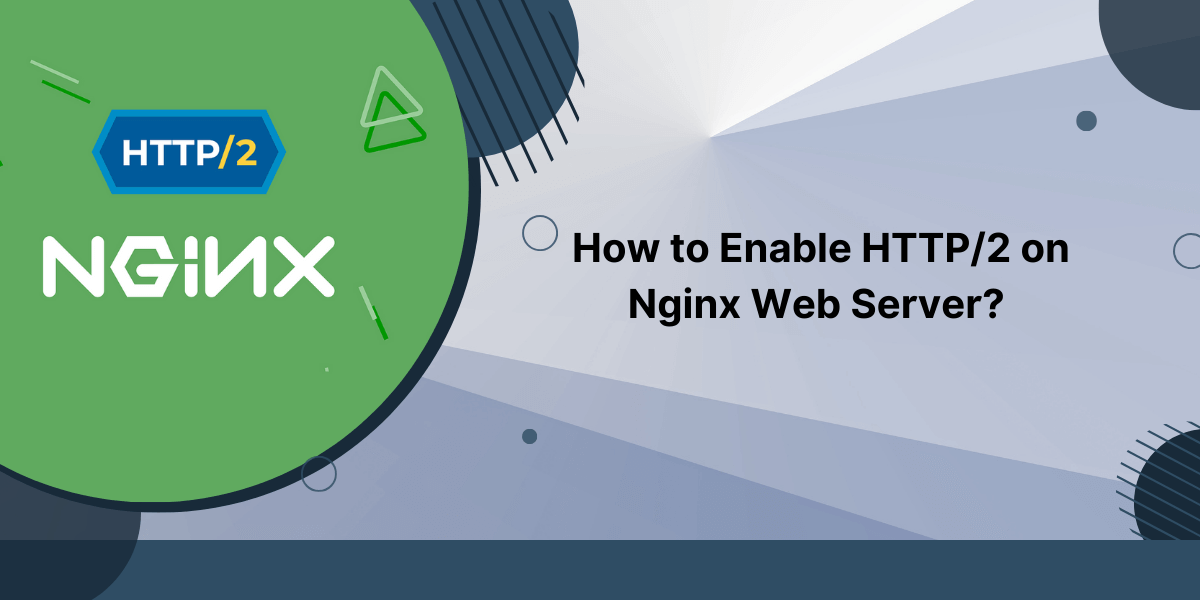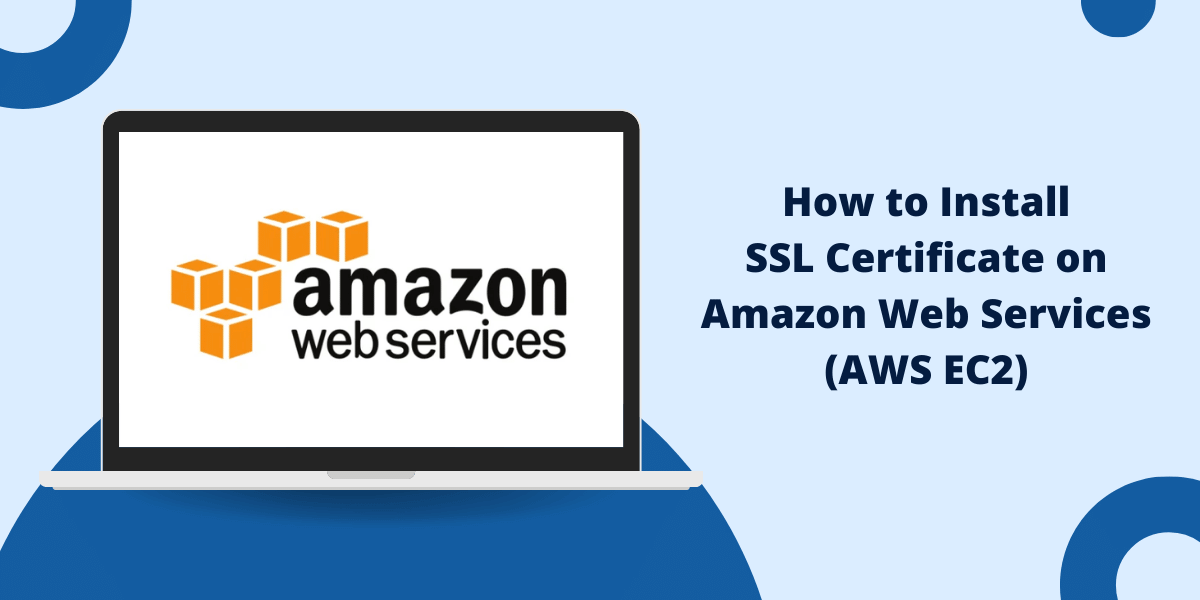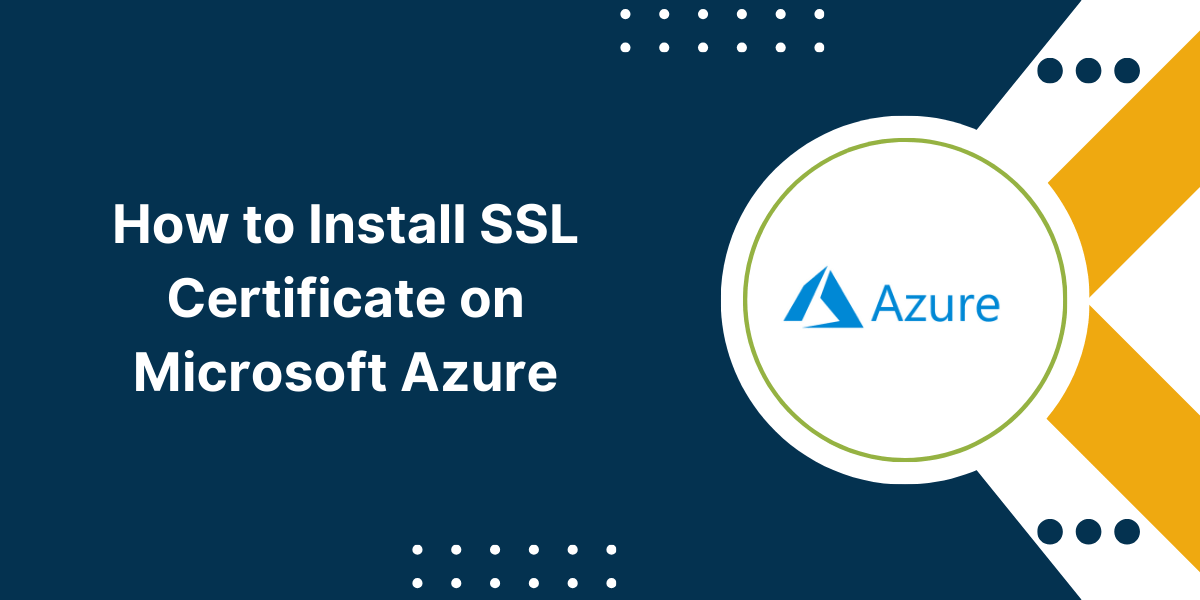WHM SSL Certificate Installation Guide
SSL certificates are essential for securing your website and establishing trust with visitors. Installing an SSL certificate on WHM allows you to enable HTTPS and activate encryption across your entire website. This ensures all data transmitted between the browser and your server is encrypted and prevents snooping or manipulation of traffic.
This step-by-step guide will walk you through the entire process of installing an SSL certificate on WHM. We’ll cover purchasing or obtaining the certificate files, uploading, and installing the certificate, and completing final configuration to activate HTTPS. By the end, you’ll have an SSL certificate installed and enabled sitewide.
Prerequisites before Installing SSL Certificates on WHM
Before installing an SSL certificate, make sure you have:
- Access to your WHM control panel – You need admin access to install certificates.
- A valid SSL certificate file – You can purchase one from a certificate authority or use a free SSL provider like Let’s Encrypt. Make sure you have the certificate files.
- Control of your domain’s DNS records – You must control the DNS records for your domain to complete domain validation for public SSL certificates.
It’s also a good idea to backup your WHM server before proceeding.
A Step-by-Step Guide to Install SSL Certificate on WHM
Installing SSL certificate on WHM involves a few key steps:
Step 1 – Purchase or Obtain an SSL Certificate
There are two main options for obtaining an SSL certificate – purchase a certificate from a trusted certificate authority (CA) or obtain a free certificate from a provider like Let’s Encrypt.
Purchasing an SSL Certificate
To purchase an SSL certificate:
- Decide what type of certificate you need. The main options are basic domain validation (DV) or extended validation (EV) certificates. DV just validates domain ownership while EV verifies business identity.
- Choose a certificate authority to purchase from. Top options are DigiCert, GlobalSign, and Sectigo.
- Purchase the certificate for your domain from the CA, selecting options like 1-year or 2-year validity periods.
- Pay the CA to complete the purchase. Expect prices starting around $50/year for basic DV certificates.
Once purchased, you’ll get certificate files like a certificate, private key, intermediate certificates, etc. Keep these files safe until installing the certificate.
Using a Free SSL Certificate
To get a free SSL certificate:
- Verify your server meets requirements – Free SSL providers require certain server settings and software. Make sure your WHM server is compatible.
- Choose a provider like Let’s Encrypt and create an account if required.
- Follow the provider’s process to generate a free SSL certificate for your domain. This usually involves domain validation via DNS or HTTP.
- Download the generated certificate files after completion. The provider will provide the certificate, private key, and intermediates needed for installation on WHM.
Let’s Encrypt provides free 90-day certificates. Make sure to renew when they expire.
Step 2 – Upload the SSL Certificate Files in WHM
Once you have the required certificate files, you can upload them within WHM:
- Login to your WHM control panel and navigate to “SSL/TLS Manager” under the “Security” section.
- On the page that opens, scroll down to the “Install an SSL Certificate on a Domain” section.
- Next to “Certificate”, click “Browse” and select the SSL certificate file (usually named certificate.crt).
- Next to “Private Key”, click “Browse” and select the private key file for the certificate.
- If your certificate includes any intermediate certificate files, upload these next to “Certificate Chain”. This bundles them with your certificate.
- Click “Upload Selected Certificate Files” once all relevant files are attached. This installs the certificate files into WHM.
The certificate will now be uploaded and ready for activation.
Step 3 – Edit Domain to Use Uploaded SSL Certificate
After uploading, you need to edit your domain within WHM to use the uploaded SSL certificate:
- Go to “SSL/TLS Manager” then click “Manage SSL Sites” in the menu.
- A list of domains managed by WHM will load. Click the “Edit” icon for the domain you want to add the SSL certificate to.
- On the edit screen, use the dropdown menu next to “SSL Certificate” to select the certificate you just uploaded.
- Click “Save SSL Site Settings”.
Your domain is now set up to use the specified SSL certificate.
Step 4 – Complete Domain Validation
For public SSL certificates, you must complete domain validation before the certificate can be activated. This verifies you control the domain.
To complete domain validation:
- If you haven’t already, add the domain to WHM’s DNS zone editor. Navigate to Main >> DNS Functions >> Edit DNS Zone.
- Go back to SSL/TLS Manager and click “Activate an SSL Certificate on a Domain”. Select your domain.
- Follow the instructions shown to create a DNS TXT record to validate control of the domain.
- Allow up to 24 hours for the record to propagate then click “Validate” in WHM to complete validation.
The certificate status will change to “Validated” when the process is complete.
Step 5 – Enable HTTPS for Your Domain
The final step is enabling HTTPS to activate encryption for your domain:
- Go to “SSL/TLS Status” in WHM’s SSL section.
- Find your domain and click “Enable HTTPS for this domain”.
- The system will restart Apache and HTTPS will be enabled once complete.
You can test by visiting https://yourdomain to verify the padlock icon and SSL are working properly!
Troubleshooting Common Issues
Here are some tips for troubleshooting common problems when installing SSL certificates in WHM:
- Certificate shows “Not Validated” status – Make sure to complete domain validation steps in WHM and allow time for the TXT record to propagate.
- Website shows SSL errors or warnings – Clear your browser cache and double check the certificate matches your domain name exactly. Restart Apache after enabling HTTPS.
- HTTPS traffic is blocked – Verify your firewall is allowing inbound HTTPS traffic on port 443. HTTPS must be enabled and working in WHM as well.
- Errors activating or enabling the certificate – Confirm you uploaded the correct certificate, intermediate, and private key files to WHM before enabling the cert.
- Certificate expiration error – If your certificate expired, you’ll need to purchase a renewed certificate or generate new free certificate files and reinstall them in WHM.
Conclusion
Installing an SSL certificate allows you to enable encryption and HTTPS across your website hosted in WHM. By purchasing or obtaining valid certificate files, uploading them to your WHM server, completing domain validation, and enabling HTTPS, you can activate SSL protection for your domain.
Following this detailed guide takes you through the entire process start-to-finish. Keep it for reference whenever you need to renew an expiring certificate or add SSL to a new domain on your WHM server. Proper SSL certificate installation provides major security and trust benefits for any website.
FAQs
What is an SSL certificate and why do I need one?
An SSL certificate is a digital certificate that provides encrypted communication between a website and visitors. It verifies you own the domain and enables the padlock and https protocol. SSL certificates are important for web security and SEO.
What types of SSL certificates can I install on WHM?
You can install single domain, wildcard, multi-domain/UCC, and EV SSL certificates on WHM servers. The type of certificate depends on your specific needs. Single domain secures one domain, wildcard secures unlimited subdomains, multi-domain secures multiple domains.
How do I generate a CSR (Certificate Signing Request) on WHM for my SSL certificate?
To generate a CSR on WHM, go to SSL/TLS Manager and click “Generate, view, or modify a certificate signing request”. Enter your domain name, select the certificate type, enter details and generate the CSR code needed to purchase the SSL cert.
What is the difference between a single domain, wildcard, and multiple domain SSL certificate?
A single domain SSL secures one fully qualified domain name. A wildcard SSL secures a domain and unlimited subdomains. A multi-domain/UCC SSL can secure up to 100 different domain names under one certificate.
How do I install an SSL certificate I purchased from a third-party CA on WHM?
First purchase the SSL certificate from a CA like Comodo, Digicert etc. Then in WHM, go to “Install an SSL Certificate” under SSL/TLS Manager. Copy the certificate files provided, complete the form, and click “Install Certificate”.
How do I renew an expired SSL certificate on WHM?
To renew an expired SSL cert on WHM, go to SSL/TLS Manager and click “Renew an SSL Certificate”. Follow prompts to generate a new CSR, purchase renewal cert and install it to replace the expired cert.
What is the process to install a free Let’s Encrypt SSL certificate on WHM?
To install Let’s Encrypt SSL on WHM, go to SSL/TLS Manager and select the Let’s Encrypt SSL tab. Enter domains, validate control, agree to TOS, and click “Issue Certificate”. Let’s Encrypt provides free 90-day SSL certificates.



